Pan Bagnat, a Nice Sandwich
Sandwiches are often touted as a way to make a meal portable, encasing ingredients in bread to keep the eater’s hands clean. Many of the sandwiches on our List here at the Tribunal had a second purpose as well, as an economical way for the working class to make the most of limited resources. By slicing a beef roast very thinly and heating the slices in their own juices, then stuffing that hot juicy beef into a bread roll, Chicago’s Italian-Amerian community was able to feed 2-3 times as many people off a single roast, and thus the Italian Beef sandwich was born. Buffalo’s Beef on Weck and Baltimore’s Pit Beef sandwiches have similar origins. The Maine-style Italian sandwich was first made for dockworkers, and so was the New Orleans Po’ Boy (along with farmhands and streetcar conductors).
Nice is a city on the French Riviera, where the Mediterranean climate and the proximity of the sea make fresh vegetables, olives, olive oils, and fish plentiful. Hence the Salad niçoise, a combination of tuna and/or anchovy, tomatoes, red peppers and other fresh vegetables, olives, olive oil, and boiled eggs that, as fancy as it sounds, was originally considered a “simple food for poor people” in Nice. Put that salad into a crusty day-old bread roll, soaked with olive oil to revitalize it, and you’ve got Pan Bagnat, meaning “bathed bread” or “soaked bread” in the local dialect. It is an economical second use of both bread and salad, at once a hyperlocal specialty of Nice and a tuna sandwich variant enjoyed worldwide.
To wit, Toni Patisserie, a French-style cafe and bakery in downtown Chicago, has Pan Bagnat on their menu, and it’s where I started my exploration of the sandwich this month. Toni’s pan bagnat is served on baguette and consists of “tuna, capers, red onion, roasted peppers, olives, olive oil, seasonal greens” according to their menu.
It’s a refreshing sandwich, though a tuna sub is never going to be something I seek out naturally. The olives and capers provide briny bits of flavor, and the fresh flavors of the greens and other vegetables help brighten the dominant canned tuna flavor. The baguette itself is crusty and a little dense from the soaking in olive oil, but manages to hold the whole together.
And if I were anyone else, that would have been enough. However, the more I read about Pan Bagnat, the more I thought I needed to dig deeper. I had to make one myself, though I’m about as far from Nice as I could get. (Actually, I suppose New Zealand is as far as I could get geographically, at least on the surface of this planet, but I digress). As it turns out, due to holiday scheduling the only chance I was going to get to make one was while I was in my hometown of Quincy, celebrating the holidays with my family.
Out of all the many recipes there are online for this sandwich, I had chosen the Patricia Wells recipe on Saveur’s website, as much for the short memoir accompanying it as for the recipe itself. Despite my misgivings, Quincy has come a long way in the past few decades and I was able to find everything I needed quite easily, even in a small town grocery store.
- Pan Bagnat ingredients
- Tomato
- Cucumber
- Rustic sourdough loaf
- Tuna, scallion, and red pepper
This recipe takes somewhat of a Shooter’s Sandwich approach to the Pan Bagnat, scooping the crumb out of a rustic round loaf, then layering salted tomatoes, shaved fennel, sliced cucumber, the tuna/pepper/scallion mixture, eggs, anchovies, and halved olives on the bread before drenching the whole in an olive oil/dijon mustard dressing, wrapping it tightly, and weighting it overnight to allow the flavors to meld.
- Small round loaf with crumb removed
- Tomato
- Fennel
- Tuna, scallion, and red pepper
- Egg, anchovy, and olive
It’s a pretty impressive pile of ingredients once it’s put together.
However, once the dressing is added and the top half of the loaf is replaced, those ingredients are swallowed by the bread.
I assembled this sandwich on the morning of Christmas Eve, intending to serve it at our customary feast of snacks that evening. However, by the time the multitude of edibles had hit the table that evening, I completely forgot about this sandwich, nestled in it’s little cubby in the fridge. It also went unnoticed the next morning, as we snacked on monkey bread, opened our gifts, and prepared the Christmas dinner.
I did manage to grab the sandwich and take it home with us when we left. So it was 48 hours and 300 miles later before the pan bagnat was unwrapped and divvied up.
- Pan Bagnat
- Pan Bagnat
Was it worth the wait? It was a pretty incredible combination of flavors and textures, though dominated by the salty funky anchovies and the salty bitter olives. The bottom of the bread was sodden with olive oil, while the top remained somewhat crusty and dry, and the vegetables had lost only a little of their crispness while the sandwich marinated. The tuna was less of a presence in this sandwich than it had been in the Toni Patisserie version, and the vegetables far more prominent, but this was balanced by the addition of the very strong anchovies. I liked the combination of flavors here, especially the fennel, which isn’t used often enough in sandwiches. Though the package was more unwieldy than the baguette from Toni Patisserie, the overall effect was more pleasing. If I had more time, I’d try to find a balance between the two.
However, we’ve come to the end of not only the month, but the whole of 2017. Thus ends another volume in what is becoming an encyclopedia of sandwiches. I hope you’ll stick around for what we have coming up in 2018. Happy New Year, everybody!

I like sandwiches.
I like a lot of other things too but sandwiches are pretty great


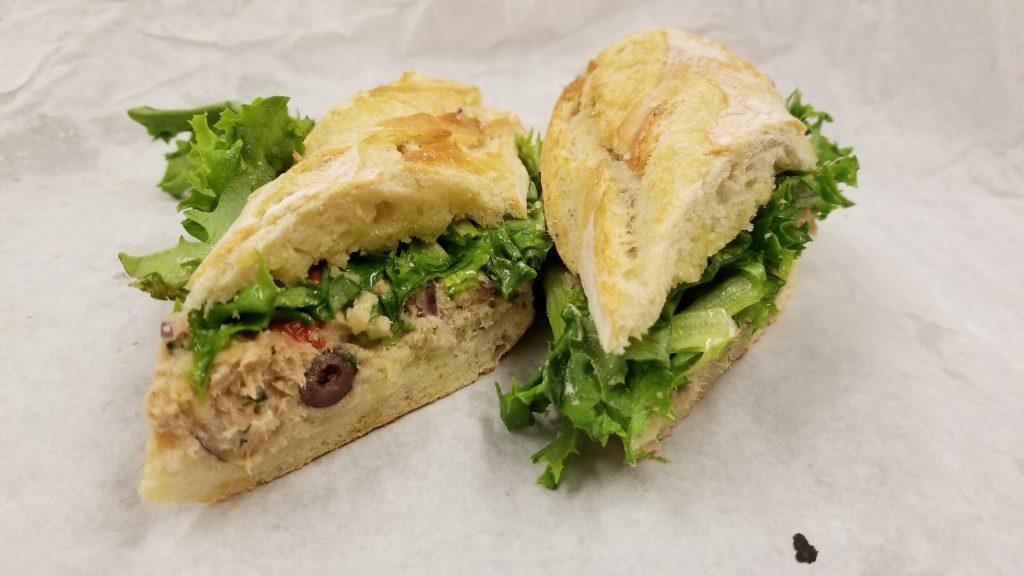





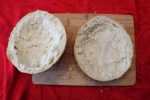


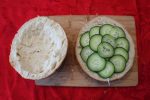
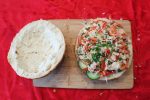
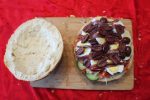
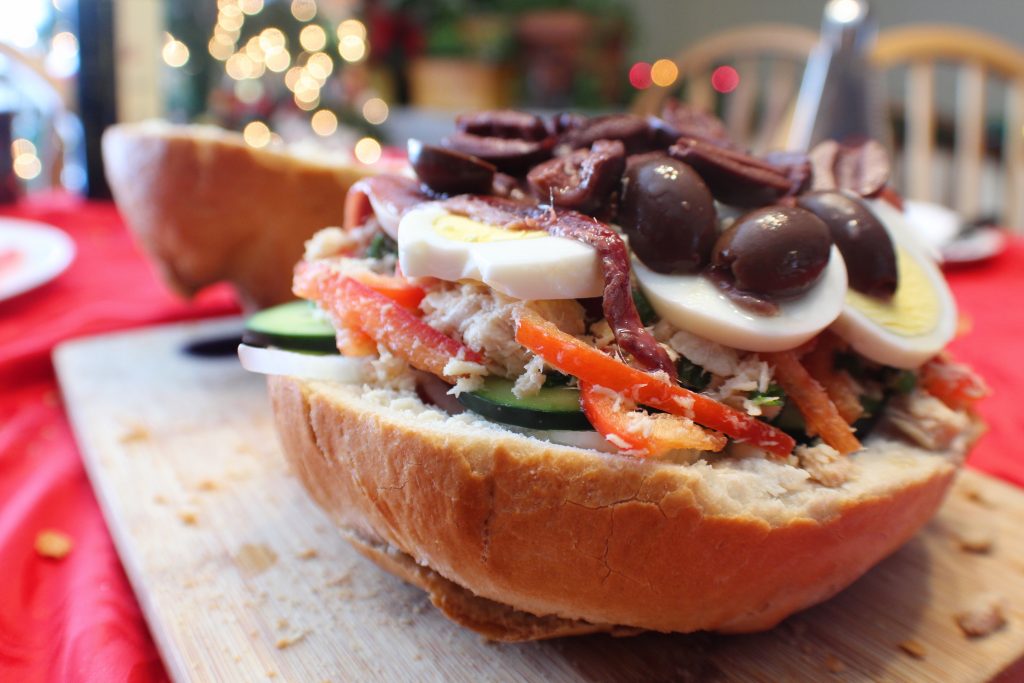
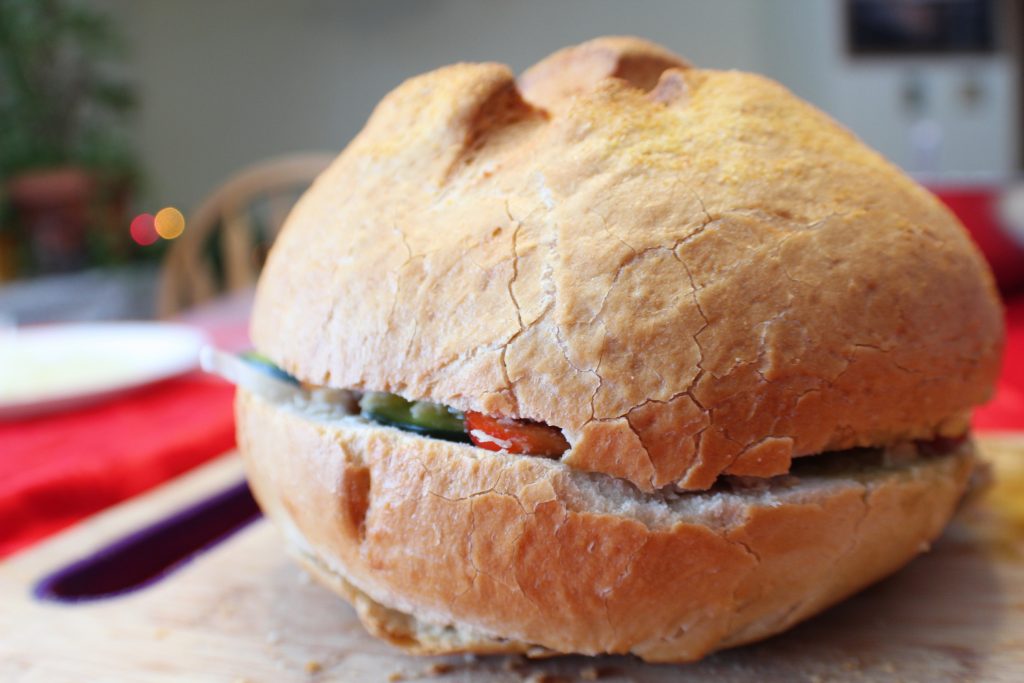
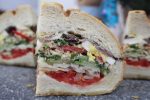
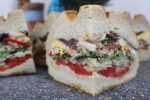
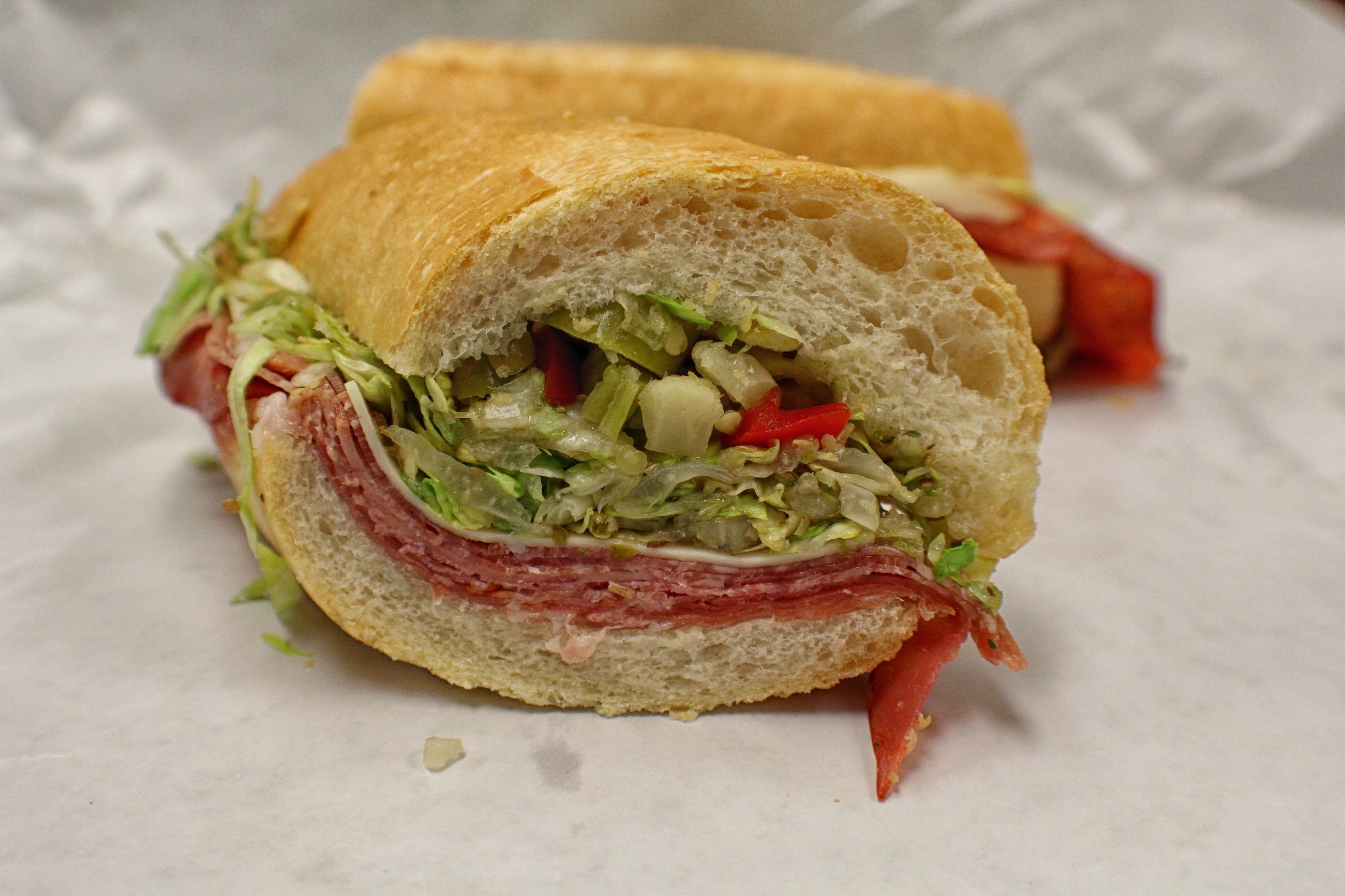








Recent Comments